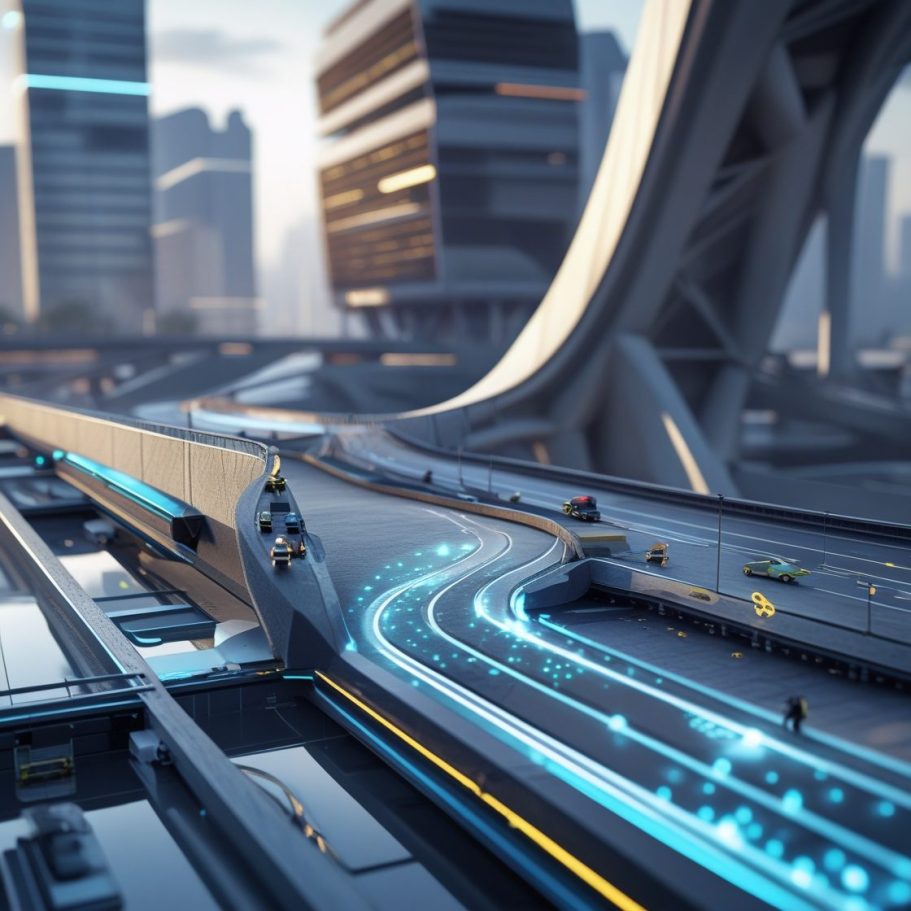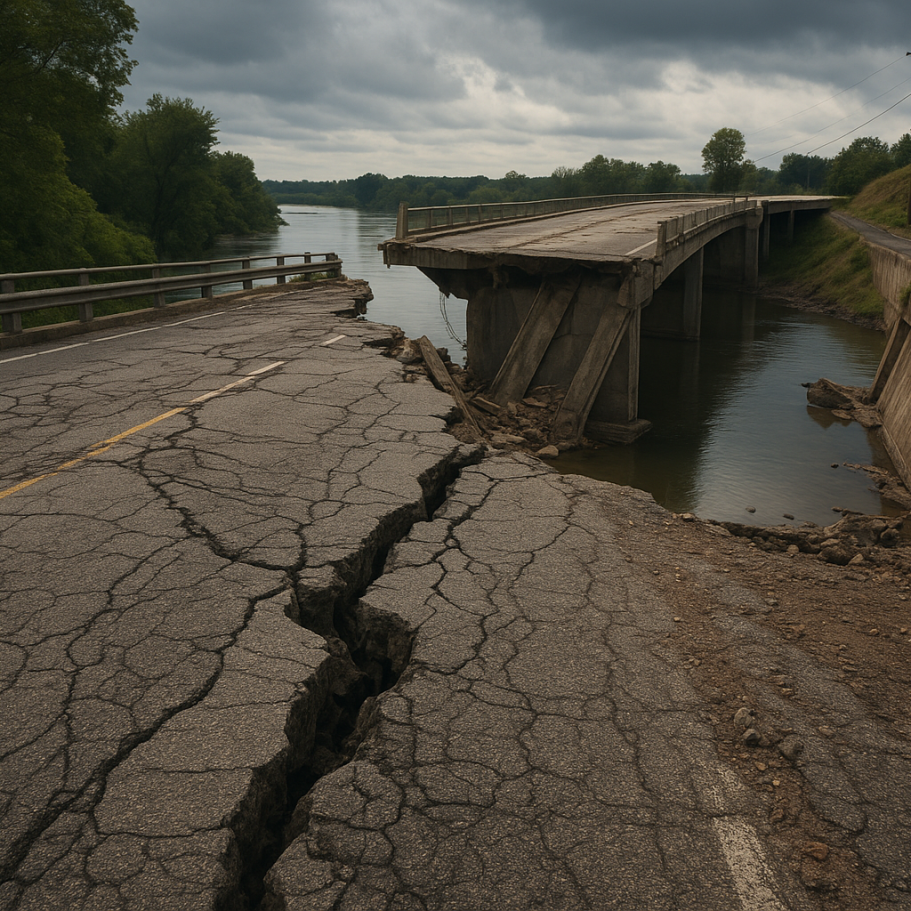What Is GaiaLink?
GaiaLink is a smart infrastructure system that embeds AI-powered nano-sensors into roads, bridges, and buildings.
These sensors monitor stress, temperature, vibration, and environmental data—creating a real-time nervous system for urban environments.

Why Our Infrastructure Is Failing Us
In Canada alone, governments spend over $26 billion annually on infrastructure maintenance — much of it addressing problems after they occur rather than preventing them in the first place.
Source: Canadian Infrastructure Report Card (CIRC), 2023.
Pain Points:
Collapsing bridges
Costly emergency repairs
Undetected structural stress
GaiaLink shifts the paradigm:
✅ Proactive awareness
✅ Predictive safety
✅ Embedded resilience

How GaiaLink Reduces Infrastructure Costs
Traditional Maintenance Is Broken:
Reactive Model: Wait for visible damage → send inspection crew → repair.
Average Delay: 6–12 months between stress buildup and maintenance.
Annual Maintenance Costs in Canada: Over $26B, with 30–40% spent on emergency or late-stage repairs.
GaiaLink transforms infrastructure management by shifting from a reactive, manual system to an intelligent, real-time AI-powered approach. Traditional methods relied on delayed inspections, high emergency costs, and frequent disruptions. In contrast, GaiaLink enables instant detection of structural issues, early intervention, reduced downtime, and significantly lower repair costs. With continuous data insights and optimized labor usage, GaiaLink replaces expensive, outdated maintenance models with a predictive, efficient, and resilient solution.

Example ROI Scenario (Bridge Monitoring)
Without GaiaLink:
Crack goes unnoticed → escalates to structural failure.
Emergency repair cost: $1.5M
Traffic disruption: 2 weeks
With GaiaLink:
AI detects micro-stress in week 1
Localized intervention: $150K
No closure needed
➡️ 90% savings on that single incident.
📈 Long-Term Impact:
🔁 Predictive maintenance reduces lifecycle cost by up to 50%
🏗️ Extends asset life by 5–10 years
⚠️ Prevents catastrophic failures (zero-tolerance risk events)

©Copyright. All rights reserved.
We need your consent to load the translations
We use a third-party service to translate the website content that may collect data about your activity. Please review the details in the privacy policy and accept the service to view the translations.